Historical Argument
One of the most widely shared misconceptions among young people is that there can be one ‘true’ story of the past and that the value of any given interpretation depends on how closely it approximates to this ideal account. Enabling students to recognise that what historians are actually doing when they write about the past is advancing a series of claims – presenting and defending an argument – will help them not only in handling different interpretations but also in improving their own writing. Read more
-

The devil is the detail
ArticleClick to view -
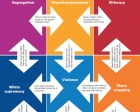
‘Its ultimate pattern was greater than its parts’
ArticleClick to view -

New, Novice or Nervous? 170: Building students’ historical argument
ArticleClick to view -
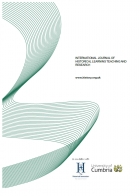
An Investigation into Finding Effective Ways of Presenting a Written Source to Students
ArticleClick to view -

Narrating “Histories of Spain”
ArticleClick to view -

Academic Critical Thinking, Research Literacy and Undergraduate History
ArticleClick to view -
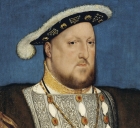
From road map to thought map: helping students theorise the nature of change
ArticleClick to view -

'I feel if I say this in my essay it’s not going to be as strong’
ArticleClick to view -

Primary Sources In Swedish And Australian History Textbooks
ArticleClick to view -

From The Holocaust To Recent Mass Murders And Refugees
ArticleClick to view -
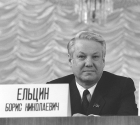
Polychronicon 166: The ‘new’ historiography of the Cold War
ArticleClick to view -

Cunning Plan 165: Helping lower-attaining students
ArticleClick to view -
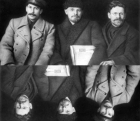
Historical scholarship and feedback
ArticleClick to view -

Effective essay introductions
ArticleClick to view -

Triumphs Show 164: interpretations at A Level
ArticleClick to view -
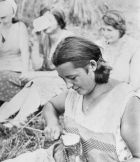
Shaping the debate: why historians matter more than ever at GCSE
ArticleClick to view -
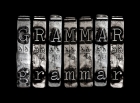
Does the grammatical ‘release the conceptual’?
ArticleClick to view -

History as a foreign language
ArticleClick to view -

Using causation diagrams to help sixth-formers think about cause and effect
ArticleClick to view -

Developing independent learning with Year 7
ArticleClick to view

